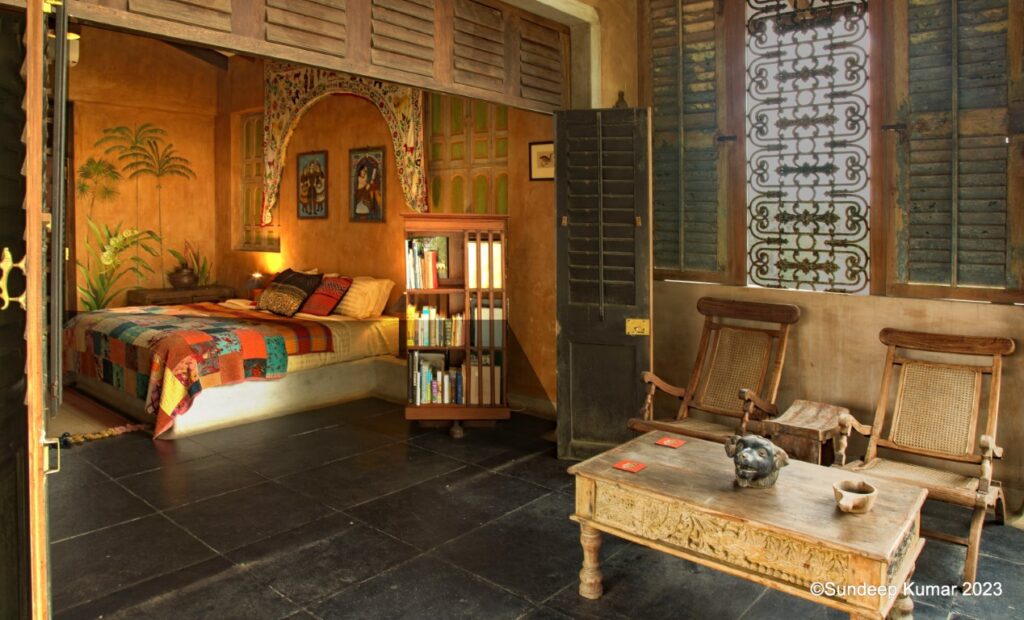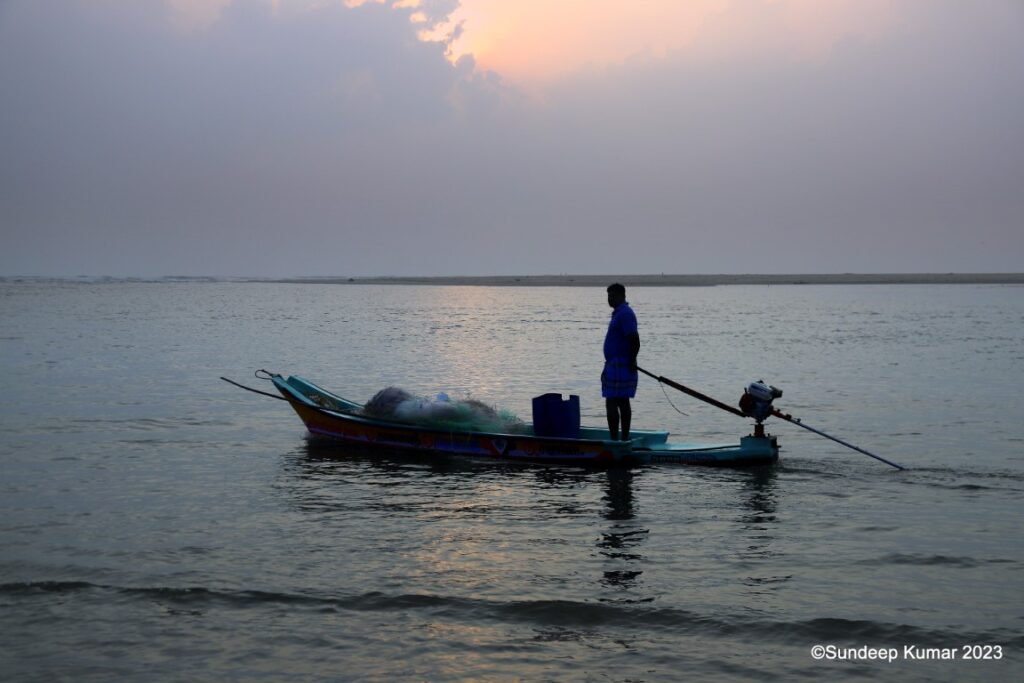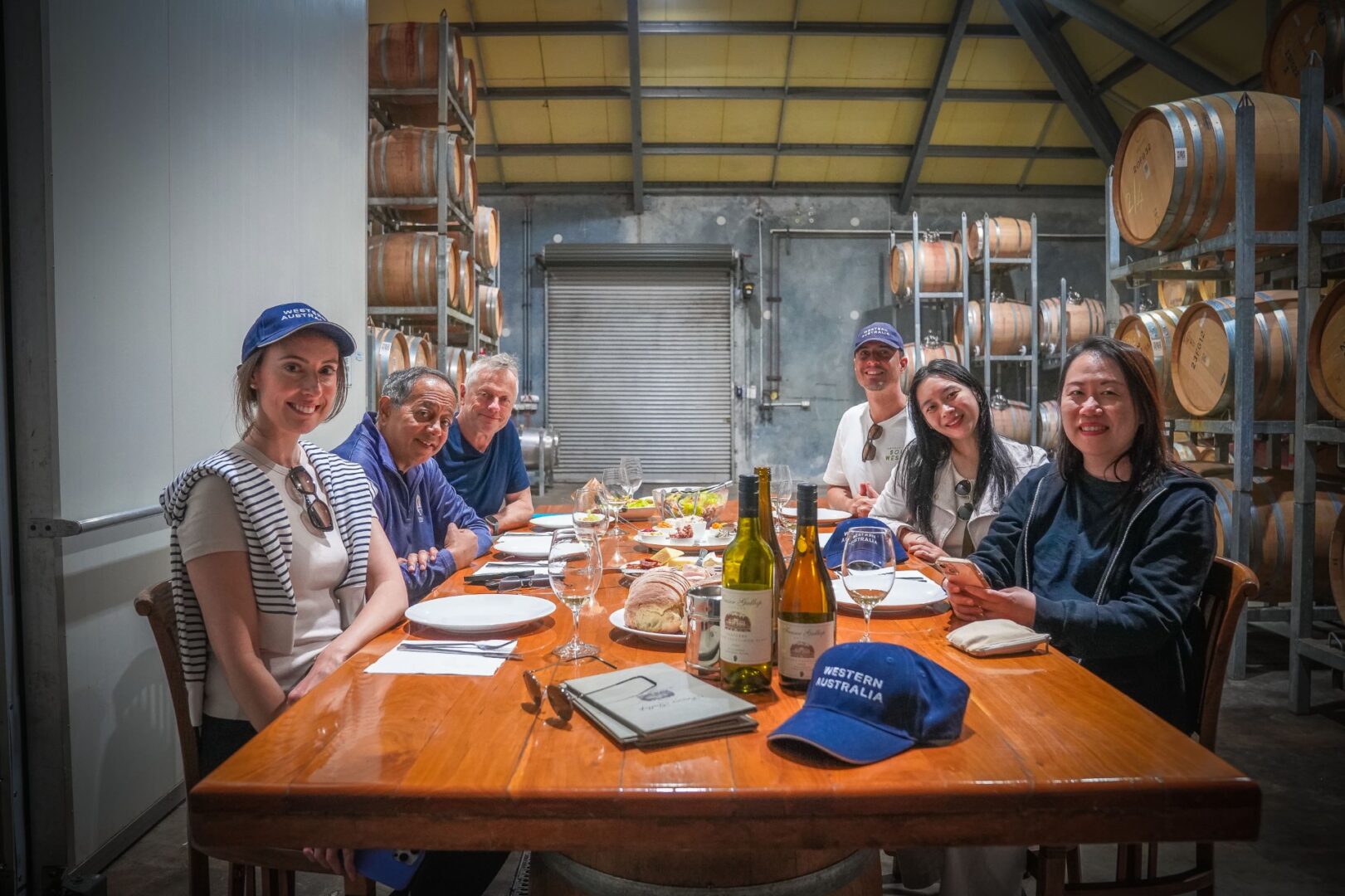
Return to the Coromandel Coast: En Vilasam is the perfect hideaway
In February 2022, my wife, Saroj, and I took a driving tour of the Coromandel coast to explore the lost empire of the Cholas. The word Coromandel is an anglicization of cholamandalam; in Tamil this means the realm of the Chola kings. Along the way, we discovered many unexpected treasures and came to appreciate a slower, more serene, more spiritual way of life with peaceful rhythms, very different from the harried pace of life in the north.
So, when Ashish and Rucha Gupta, the charming couple who run LuxUnlock, a luxury villa rental business, invited my photographer buddy Sundeep and me to experience their latest offering, En Vilasam, we needed no second invitation. The thing that really appealed to me about LuxUnlock is the emphasis on aesthetics and design, on heritage and tradition: in Ashish’s words, “The key question we ask ourselves is: does the house tell a story that captivates you?”
This elegant home is a true labour of love
En Vilasam (which in Tamil means my home) is a beautiful three-bedroom villa situated on the outskirts of the fishing village of Kadapakkam, exactly equidistant between Mahabalipuram and Pondicherry. It had been intended as a primary home for Gomathi, a well-known antiques dealer in Chennai, before she sadly passed away. However, her spirit lives on in the house, which is a true labour of love, with every corner tastefully decorated with exquisite antiques and artefacts that came from Gomathi’s personal Chettinad collection. We feel truly privileged to be among the first few guests to pass through the narrow doorway, flanked by two wooden sentries, into this personal space.

Leaving your shoes behind in the compact foyer, you enter a spacious living-cum-dining room to the left. The room, with an array of blue-upholstered period furniture, is open on the right, allowing access to a large ornamental lotus pond with koi fish lazily swimming around. Beyond the pond is a lush coconut grove with plenty of tropical foliage. Walking through the house one gets the feeling of being in a small private museum, home to a range of carefully curated items ranging from dowry chests, brass utensils, and elaborate paintings to the louvred teakwood doors reclaimed from Chettiar mansions.


There are two bedrooms on the ground floor, both facing the coconut grove, with a staircase leading to the third bedroom on the first floor, to which I quickly lay claim! Each room has a luxurious king-sized bed, covered with brightly coloured quilts with Chettinad patchwork. My quilt, featuring attractive Banjara embroidery, is laid out invitingly over the bed. Ample overhead lighting makes for a warm and cheerful effect, even with the louvred doors shut.




Exploring the deserted coast
But it is only the next morning when I awake that the USP of my vantage point reveals itself. To the left is a red-and-white lighthouse strangely positioned half a kilometre inland, like a stranded ship. And out in front is the distant view of a turbulent grey sea visible through the palm trees, the sound of the raging waves pounding the eastern shore audible even at this distance.

After a delicious South Indian breakfast of dosa, paniyaram, and rava upma served with a selection of tomato, coconut, and sambar chutneys, Ashish and I set out for the deserted beach to have the swim I have been longing for. But first we have to negotiate our way through a profusion of Goat’s Feet Morning Glory that liberally carpets the foreshore. This hardy creeping vine, with its distinctively shaped leaves and trumpet-shaped purple blooms, is often accompanied by the comically named Ravana’s moustache, with its spiny leaves. Both race along the ground, holding the sand dunes together and forming a unique part of the natural flora of the beach.

We venture into the water, but today the sky is overcast and the ocean is not in a good mood. The huge swell is rough and unforgiving, and the big breakers keep slamming us back to shore.
Eventually, we give up the unequal struggle and wander southwards along the shore, through the line-up of colourful fishing boats drawn up in front of Kadapakkam, watching the fishermen put out to sea. Unlike us, they have no choice but to face the wrath of the ocean and soon they are circling the two distant trawlers which indicate the presence of a large school of fish.
The crumbling grandeur of Alamparai Fort
As we stroll further south, we come upon a broad estuary dominated by the ruins of Alamparai Fort. The fort was constructed in 1728 under the Mughals, to guard a key trading post with a 100-metre-long dockyard stretching out to sea, from which zari cloth, salt, and ghee were exported. Archaeologists have even found copper rupee coins on site, indicating the presence of a mint that produced the coin of empire. The Governor-General of French India, Joseph Dupleix, supported Nawab Muzaffar Jung in his battles against the opposing British forces and, as a reward for services rendered, the fort was handed over to the French East India Company in 1752. The French hold on it was short-lived though, as the British captured the fort during the Third Carnatic War of 1756–1763 and blasted it to rubble.

Now little remains except for the red brick-and-limestone walls of the fort looking out to sea, but it is still an arresting sight, looming out of the surrounding thick forest and scrub.

It is low tide and I am able to wade across the estuary to the fort, relishing the feeling of the water swirling around my feet as I sink deeper up to my knees. Several sections of the fort’s walls have tumbled away from the main structure, as the ravages of nature take their toll (of which the worst was the tsunami of 2004), causing it to gradually collapse into the tidal backwaters. I thread my way carefully through the crumbling brickwork half-submerged in the sea and climb into the fort, which used to cover an area of 15 acres. Now the walls contain nothing but barren land and scrub, but one can still get a sense of the stunning vistas of Alamparai, though it is not advisable to climb the crumbling steps that lead to the top of the edifice.
Experience back-to-nature food at Molasses
One night, we drive an hour inland from En Vilasam to a start-up restaurant venture called Molasses. Inspired by her experiences with agriturismo in Italy, the founder Rachna Rao bought this 25-acre patch of land in 2016 and has made it her home with a singular focus on regenerating the forest. Molasses is her amazing pioneering venture intended to give people a true back-to-nature food experience but without compromising on quality and taste. Rachna encourages people to arrive before sunset “to experience the transition of this wilderness from day to night”. You can walk through the two-acre kitchen garden, carefully nurtured from the most infertile of soils, where you will find highly unusual delicacies like oyster mushrooms, chaya spinach, turkey berries, and passionfruit, all of which end up on your table.

The restaurant itself is a unique structure, open on all sides to the forest and designed to seat 25. Overhead is a huge wave-shaped roof of bamboo built in the Balinese style. I am not a devotee of the organic food movement, but the five-course spread is nothing short of an explosion of the tastebuds. We start with locally made burrata served on sourdough bread, followed by chicken meatballs and, my personal favourite, oyster mushroom and chaya spinach rice paper rolls, which literally melted in the mouth. For the main course, there was white prawn curry and turkey berries served with rice and a delicious chutney made from ground cherry. We end this splendid meal with a creamy passionfruit cheesecake. All of this has been prepared by a young chef, Mohan, who has no formal culinary training. It’s hard to believe that such a spectacular meal (Rs. 2,000) has been conjured up literally in the middle of nowhere. Business is picking up gradually as word of Mohan’s talent spreads to visitors from Pondy and Chennai looking for something different.


Indulge in water sports at The Alampara
On our last day, we visit another unique start-up, The Alampara, set up in 2012 in the backwater lagoons just south of Alamparai Fort by Arun Vasu, the Indo-Swedish third-generation scion of the TTK clan. If Rachna Rao is the queen of slow food on the Coromandel coast, Arun is the king of the fast lane. Ever since he was a young boy, his passion has been the ocean. “I live to do water sports, which have brought real meaning to my life,” he says. Arun has turned his passion into reality with a top-end glamping resort of four uber-luxury tents, a restaurant, and an activity centre for water sports. All of this is spread over 50 acres of land where abandoned prawn pits were flooded to create a network of lagoons.


Guests are invited to spend the weekend and indulge in a variety of water sports, including waterskiing, stand-up paddling, kayaking, windsurfing, kitesurfing, and wakeboarding, all with an experienced group of instructors. Day trippers from Chennai and Pondy are welcome too, and the activities are offered in two- to three-hour packages, including one or two meals and ranging in price from Rs 2,000 to Rs 6,000.
Arriving in time for lunch, we stuff ourselves with a delicious fried kingfish steak, beef sukka, and parotta, ending with homemade ice-cream. The final act is a motorboat ride out to a deserted private sandbar from where we get to enjoy a panoramic view of Alamparai Fort, with the estuary in front, now swollen with water rushing to the sea.
Like Molasses, the Alampara is a unique and delightful experience, and En Vilasam is just the right place to visit both places.
You can book your stay at En Vilasam here.
![]()







